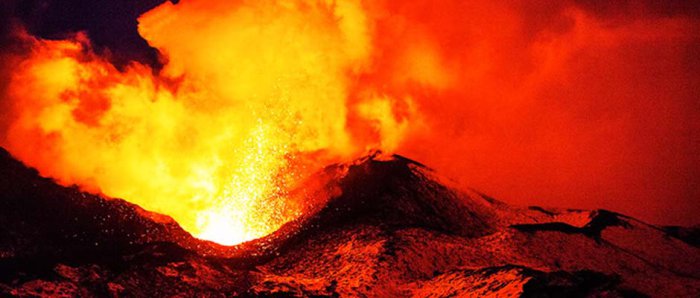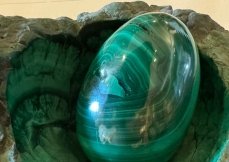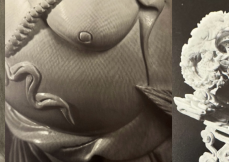
ORIGIN | EN
This all started about 4 billion years ago! According to the Big Bang theory our cosmos was created 13,8 billion years ago (according Max Planck observatory), a period when neither space nor time existed compressed in a primitive capsule. During this period temperatures attained 10 billion degrees C.
During the first second, matter and antimatter are born and then cohabit, the expansion of the Universe continues, which will create new particles. Protons and neutrons, accompanied by as many antiprotons and antineutrons. Follows, always aware of this first second, an annihilation of matter and antimatter which should have emptied the Universe. But a fraction of the matter survived during the so-called baryogenesis phase (baryons, particles made up of 3 quarks like neutrons and protons, would have formed). The thermal balance of the Universe has collapsed. The balance between matter and antimatter is collapsing and (thankfully) matter has survived (S&V June 2022).
300.000 years later, light appeared through the overheated mist. It would take another billion years before clouds of hydrogen gas and helium, which formed our galaxies and the first stars in our solar system, were created, due to gravitation.
Our planet had all the chemical elements known today and crystals began to be formed. In this carbon rich environment, the crystallization of diamonds took place at a depth of 200 kilometers and under a pressure of 70.000 kg. per cm2 and temperature of more than 1.000 C°. According to new studies, diamonds would have formed at even more impressive depths of 600 to 700 km. From there would come exceptional diamonds such as the famous Cullinan, discovered on January 16, 1905, and which remains until now the "biggest" (3,016 Ct) diamond ever discovered. It took several billion years to transform this chemical and physical mass. Slowly rocks solidified and stratified leaving nature to create forms and colors.
The pressure exuded from the center of the earth forced this mass to the surface. The only continent at that time, 200 billion years ago, was Gondwanaland which was torn apart into 4 continents causing huge eruptions of magma. This confirmed the theory of Wegener relating to the continents that had already been suggested by Ortélius in the 16” century.
These explosive eruptions of magma, containing pure carbon, from the interior of the earth birth to diamonds. Diamonds occur in an exceptional rock formation, from the Precambrian period. Ultra-basic, peridot micaceous, serpentinised, carbonised rock, containing olivine, biotite, phlogopite, ilmenite, pyroxene and garnet, a real delight for geologists who have named it “kimberlite” from the region in South Africa where it was first found. It is also known as “blue ground” because of its blue-grey color and “yellow ground” in its oxidized dried form. This rock is the magmata lift of the ancient continents (+/- 2,5 million years ago).
A terrifying force
The eminent volcanist, Haroun Tazief, describes that during a volcanic eruption the lava flow ascents at a speed of 5 to 30 km/h at a temperature of 1.500 C°. During the eruption the speed can exceed 250 km/h and develop a force of 10.19 Ergs and can attain 40,000 million kilowatts. Upon contact with the oxygen in the atmosphere the lava will reach temperatures of more than 1500 to 2000C® and although diamonds are the most resistant in nature it cannot withstand these high temperatures and pressures.
The diamond crystals were trapped in this Kimberlitic rock and survived the apocalypse. Slow erosion of volcanoes during millions of years freed the diamonds which are found in rivers (Brazil, Sierra Leone) and on the beaches as well as on the bottom of the ocean (Namibia). The way diamonds have followed is a story that not even the greatest writer can describe. Never will laboratory products replace “Diamonds”!
From the moment of its discovery men have been fascinated by its properties above all it‘s hardness. The Greeks called it Adamas (unconquerable). It was only several centuries later that Louis de Berquem in 1570 found the principles of diamond polishing which still apply to day, but that is another passionate story.
|










